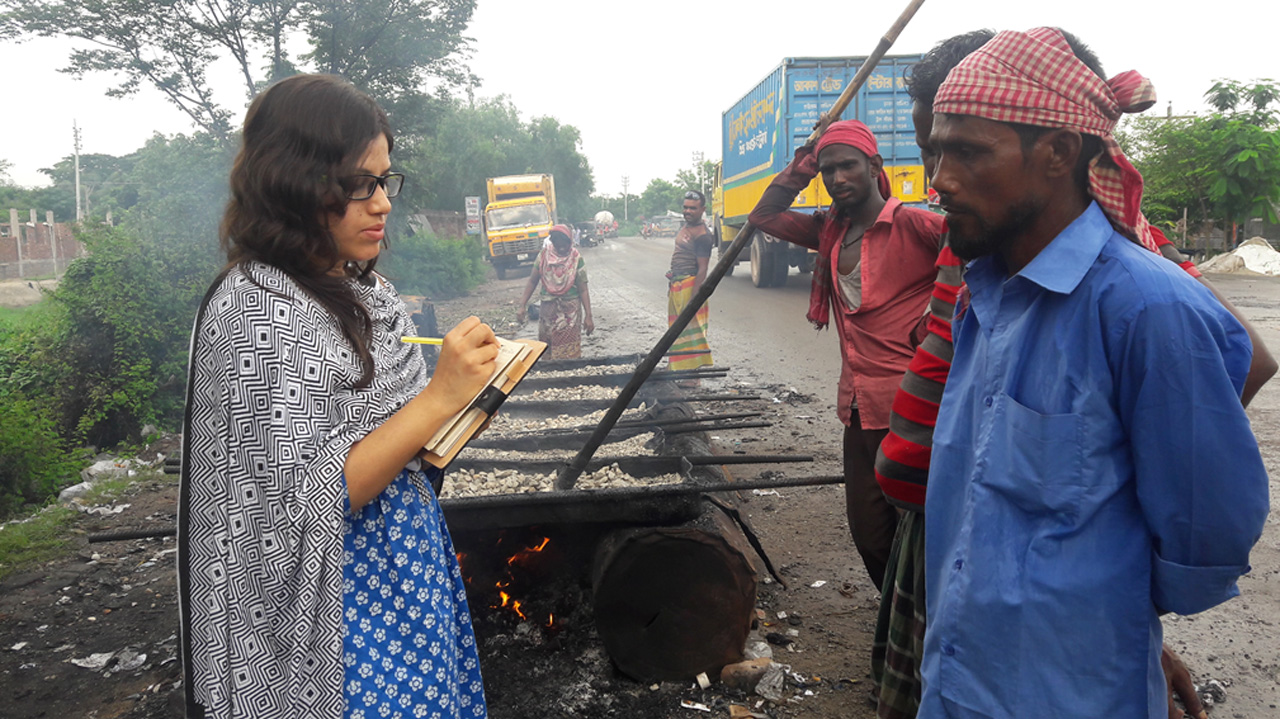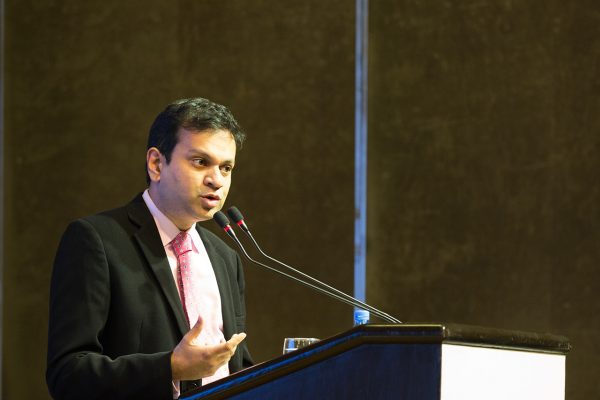Reading Time: 2 minutes
BRAC supported the Australian government’s Alumni Innovation Challenge this year, a platform that provides participants with funding to implement development solutions in their native countries.
This November, out of over 80 projects, 27 from across Asia were awarded grants and mentorship support. These were four myths that were broken:
1. 9-5 job holders cannot innovate
Many of us all have our own image of how an innovator should look like, what language they speak, or what YouTube channels they’re subscribed to. They are one type of innovator, but only one.
Anyone can do it. All it requires is commitment, discipline and time. There are several ways how one can take an innovative idea forward.
Asfia Sultana, one of the grantees of the Alumni Innovation Challenge from Bangladesh, is currently working as a sub-divisional engineer at Bangladesh Roads and Highways department. She has taken up her own initiative in identifying and listing down toxic elements that construction workers are regularly exposed to, and building awareness out of her own passion of doing good.

2. Innovation does not need to be measured
Ideas are the products of a creative mind, but innovations are often the outcome of a disciplined process. They can be measured and managed – and most need to be.
Many creative ideas cannot stand on their own if they are not supported through a structured system geared to ensure impact.
Randika Anjalie, a grantee and a senior lecturer at the University of Sri Jayewardenepura, Sri Lanka, while working in her upcycling initiative, always refers to simple project management tools as her game-changer. “Without having the processes in place, it would forever remain just an idea,” Randika said.
3. Innovation can happen in isolation
Some of our grantees were the first movers in their communities to implement their ideas, but almost all of their innovations took a significant step forward when they ran them past a wider group of people.
We connected innovators with passionate mentors from similar fields. Regional diversity was an advantage, since the mentors could offer lessons learned in different contexts and cultures, and guide the grantees in understanding social problems from different contexts, thus helping them to connect the dots better.
4. You need investment first
People often tend to wait too long before they get started on their ideas, but many successful innovations can be prototyped on smaller scales, with or without the certainty of funding.
Sonam Tshering, another grantee and a teacher from Bhutan, has built planetariums in his community that cost only USD 200. These planetariums give teachers and students an interactive learning experience- a solution that appears to be difficult and expensive, but in reality, only takes a very reasonable budget!
What we take out of our experiences every time is this:
The hardest part of innovating is to get from 0 to 1. The step to start innovating is to start!
Masrura Oishi is assistant manager and Salman Sabbab is officer at BRAC Social Innovation Lab.





